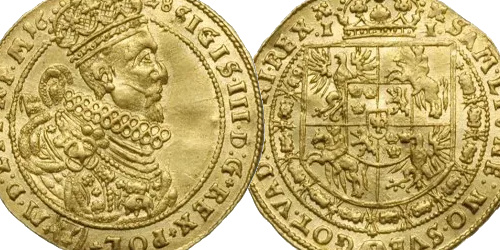One of the icons of Polish medieval minting.
A coin that for years was considered the first in Polish history.
Adorning our ten-zloty banknote for more than 30 years.
It is one of the two most famous coins of the Polish Middle Ages. Today it is noticeably rarer than the first one, the Princes Polonie denarius.
This denarius, proclaiming the name MISICO in the rim, is an issue of Mieszko Bolesławowic (Mieszko II Lambert, king in 1025-1031). Son of the first king of Poland - Boleslaw the Brave. As mentioned in the lecture of our session by the doyen of Polish numismatics - Professor Suchodolski - it is his issue as heir to the throne, dating from 1013-1020. When he played a large role in the state during his father's reign, being, among other things, someone along the lines of a marshal of armies.
The issue, according to some researchers, was to clearly identify the heir to the throne. It had its important overtones, since Mieszko was not the first-born son. In the succession before him stood his elder brother Bezprym.
The place of his issue is considered to be Greater Poland, but according to Professor Suchodolski, it is neither Poznań nor Gniezno, but Giecz - one of the oldest gord centers, erected around 865.
Obverse: outline of a hill with a cross standing on it, two inclined hooks(?) on the sides, fragments of the inscription [MIS]IC[O] visible in the encircling legend.
Reverse: a straight cross ending in crossbars, between its arms balls, in the rim on the extensions of the cross arms swastikas (a sign symbolizing good luck, prosperity).

























